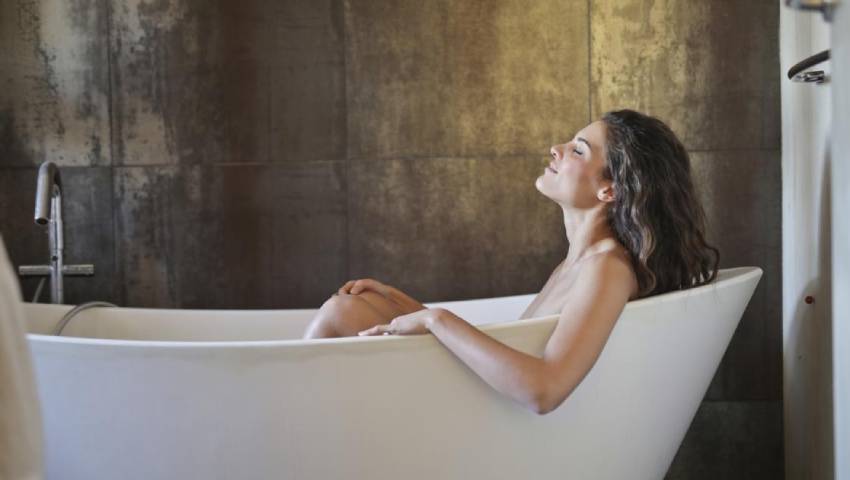
What is Sitz Bath? How are they helpful in Piles, fissures & Fistula?
If you have piles, fissures, or a fistula, you are aware of the discomfort and anguish these disorders can cause. A sitz bath is one therapeutic option that, while there are many available, can aid with symptom relief and healing. But what is a sitz bath exactly, and how might it benefit various ailments? Dr. Samrat Jankar Sir one of the best colorectal surgeon in Pune has shared information about the Sitz bath and their importance in anorectal problem recovery. Let’s look more closely.
What Is Sitz Bath?
The primary purpose of a sitz bath is to relieve inflammation in the anal region caused due to conditions like piles. Soaking the genital area in warm water helps relax your rectoanal area, enhancing blood flow through the anal tissues. An area around the perineum, which is the region between the anus and the genitals, is intended to be soaked in a sitz bath, a form of warm water bath. As you sit in a bath, the water is typically about hip height. There are several different ways to use sitz baths. A shallow basin that is placed on the floor or a chair works just as well as customized sitz bath equipment that fits over your toilet bowl. Some people even take sitz baths in bathtubs.
About 10 to 20 minutes at a time are required to soak in a sitz bath because the water is warm rather than boiling. To help calm and sanitize the affected region, you can add salt or other items, such as baking soda, to the water.
What Effects Do Piles, Fissures, and Fistulas Have on Sitz Baths?
Sitz baths can be beneficial for several perineal diseases, such as piles, fissures, and fistula.
- Piles: Hemorrhoidal veins, sometimes referred to as piles, are swollen and inflammatory in the anus and lower rectum. They may be visible or internal, and they may result in bleeding, itchiness, or pain. Using a sitz bath helps ease the pain that comes with piles. Warm water can ease burning and itching feelings and minimize swelling. Moreover, it can assist in cleaning the injured region, which lowers the chance of infection.
- Fissures: Little tears in the skin near the anus are called fissures. They can result from trauma to the area, constipation, or diarrhea, and they can cause discomfort and bleeding. Similar to piles, a sitz bath helps ease the pain brought on by fissures. The anus’ surrounding muscles can be soothed and healing is promoted by the warm water. Moreover, it can assist in cleaning the damaged region and reducing inflammation, which lowers the risk of infection.
- Fistula: An improper connection between two organs or body regions is known as a fistula. A connection between the anal canal and the skin close to the anus is called an anal fistula, and it can result in pain, swelling, and discharge. An anal fistula can heal more quickly after taking a sitz bath. The warm water helps ease pain and suffering while also reducing inflammation. Moreover, it can aid in maintaining cleanliness in the affected area, lowering the chance of infection.
Further Advantages of Sitz Baths:
Sitz baths can have other advantages besides just aiding with fissures, piles, and fistula. For instance:
- They can aid in easing delivery discomfort and menstrual cramps.
- They may aid in fostering relaxation and lowering tension.
- They can aid in calming and healing following childbirth or vaginal surgery.
Are there any risks associated with a sitz bath?
Sitz baths are typically safe, but there is a slight risk of infection if the tub or plastic bath is not thoroughly clean. It’s also important to ensure the water is not too hot before sitting in the tub. People with open wounds should avoid sitz baths unless directed by a doctor.
However, it’s crucial to remember that not everyone should use sitz baths. Before attempting this treatment, see your doctor if you have a medical condition that makes it difficult for you to sit comfortably or safely in a sitz bath, such as severe arthritis or balance issues.
